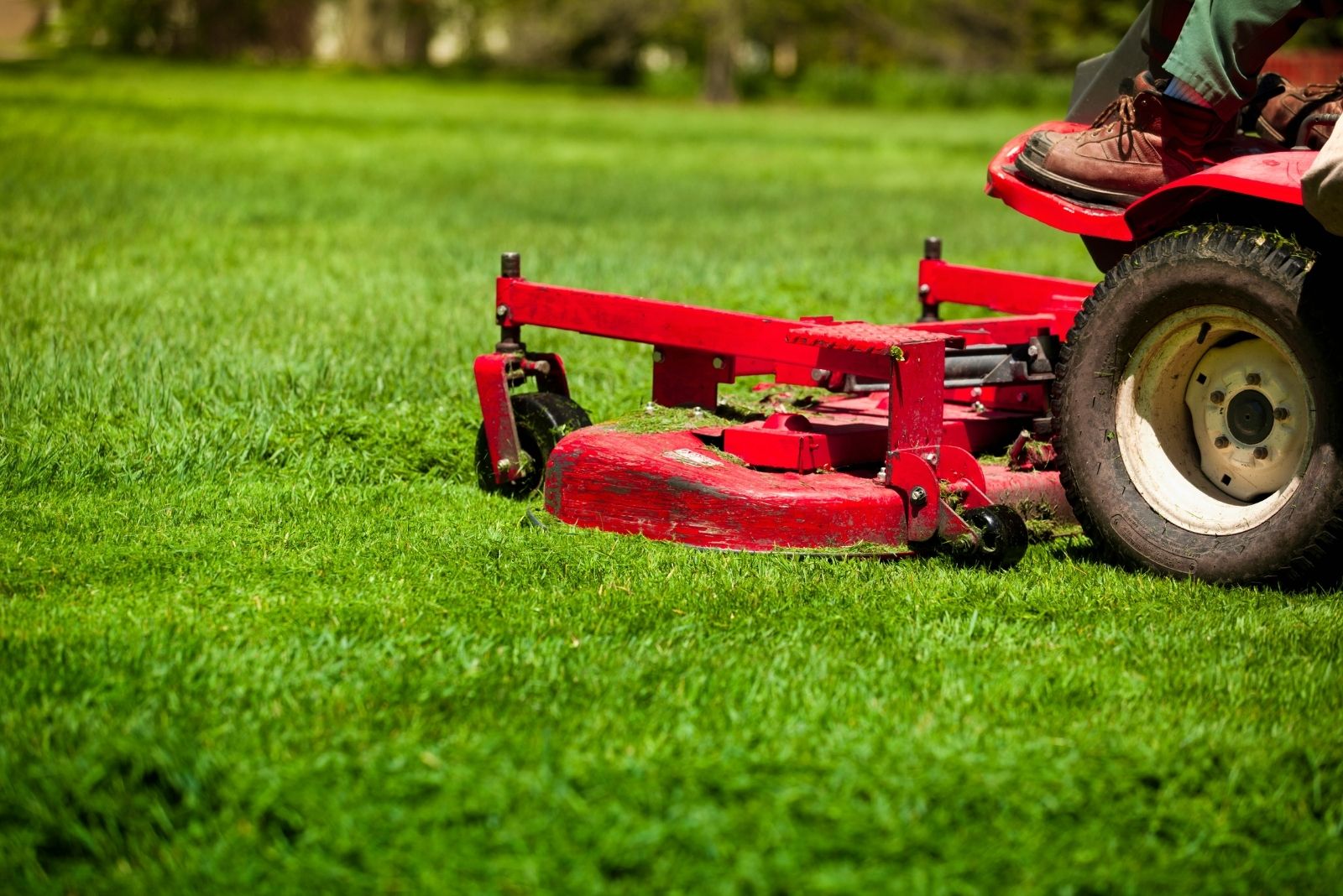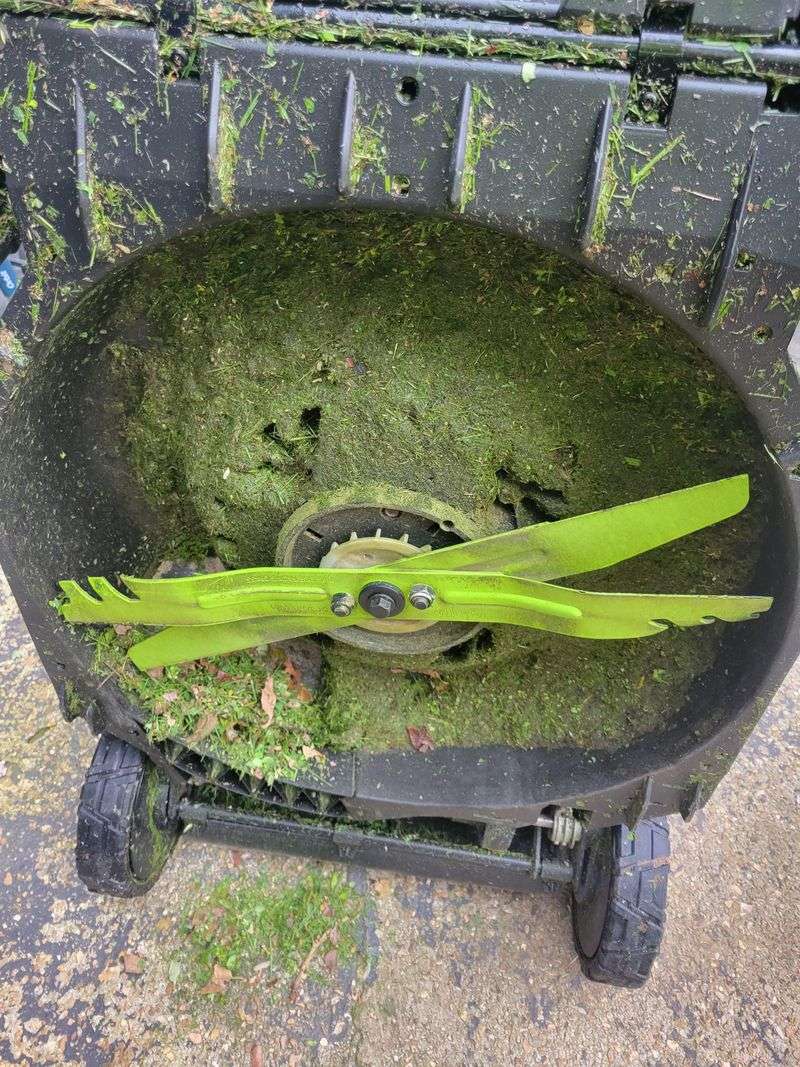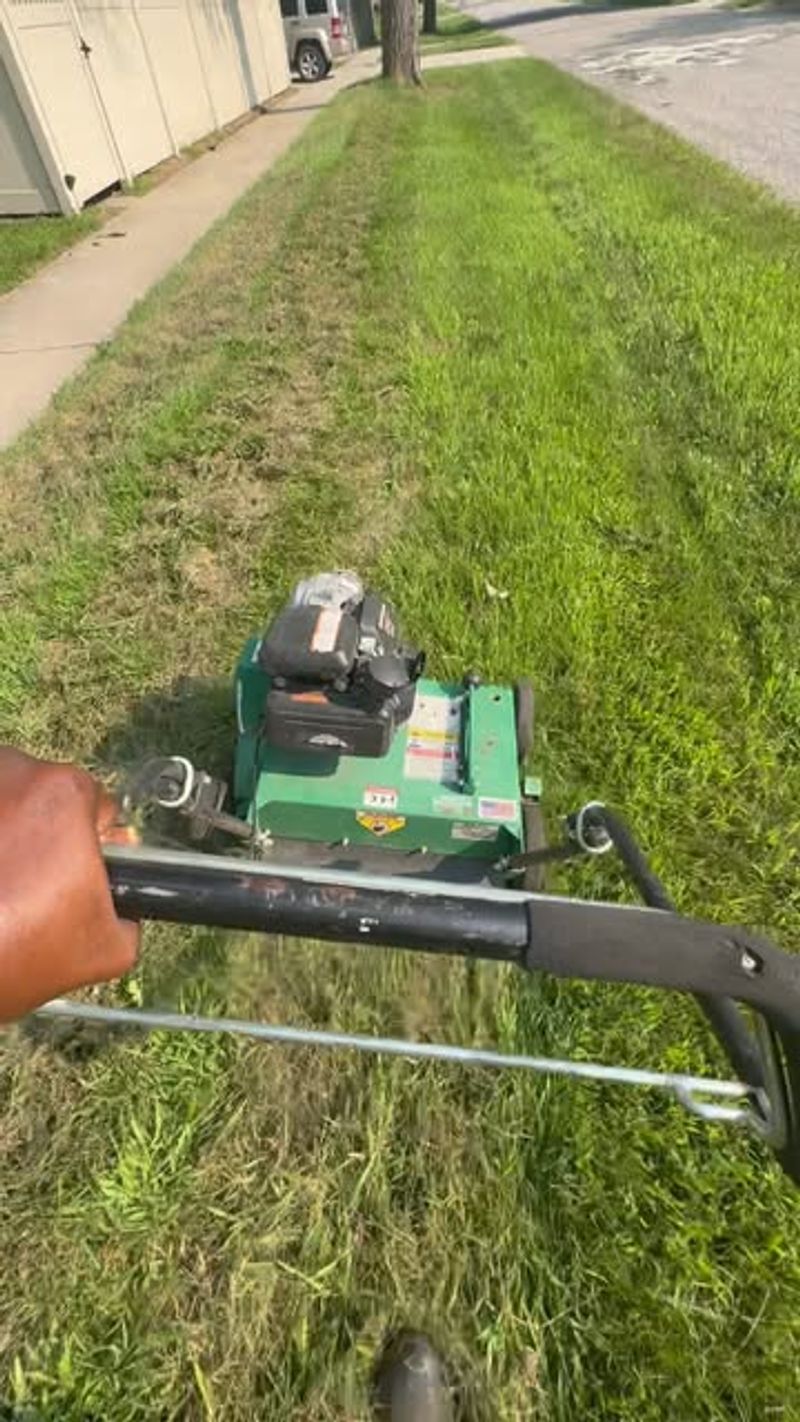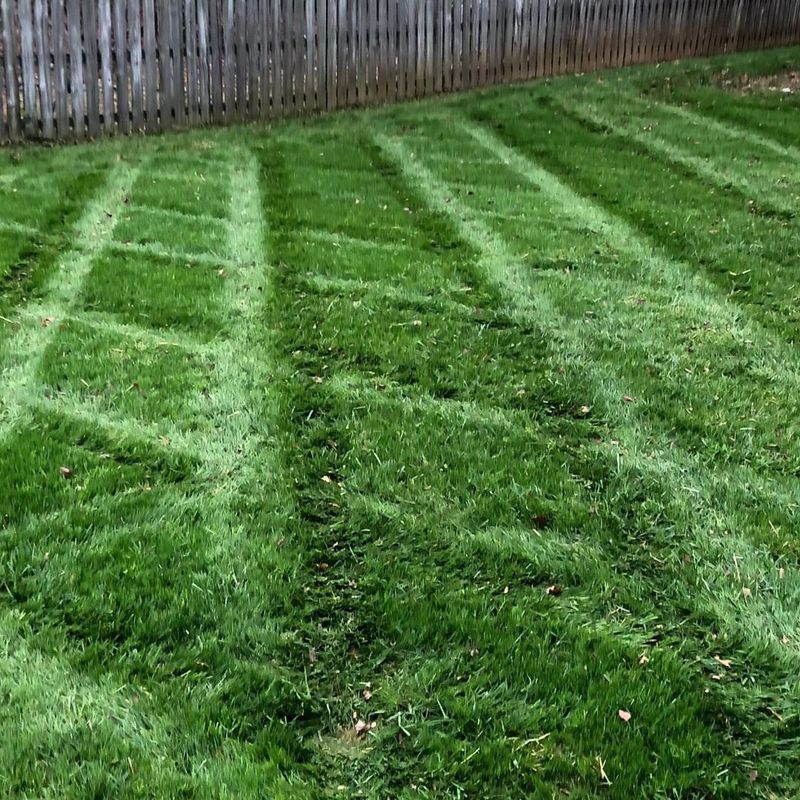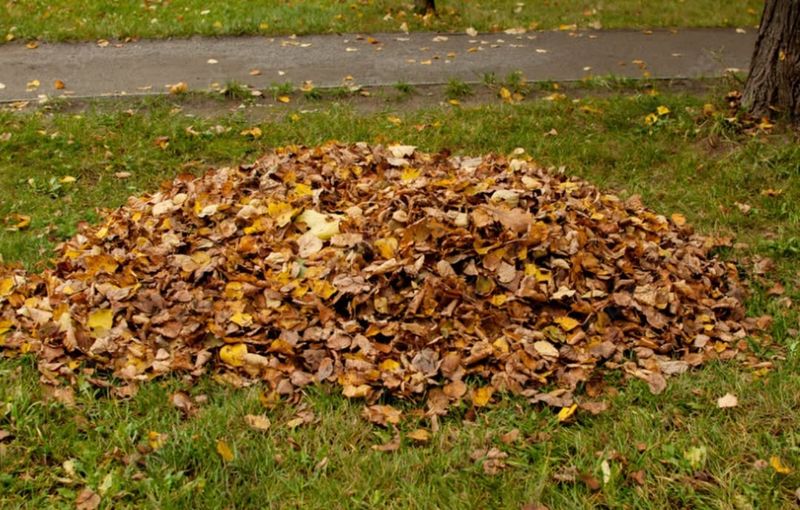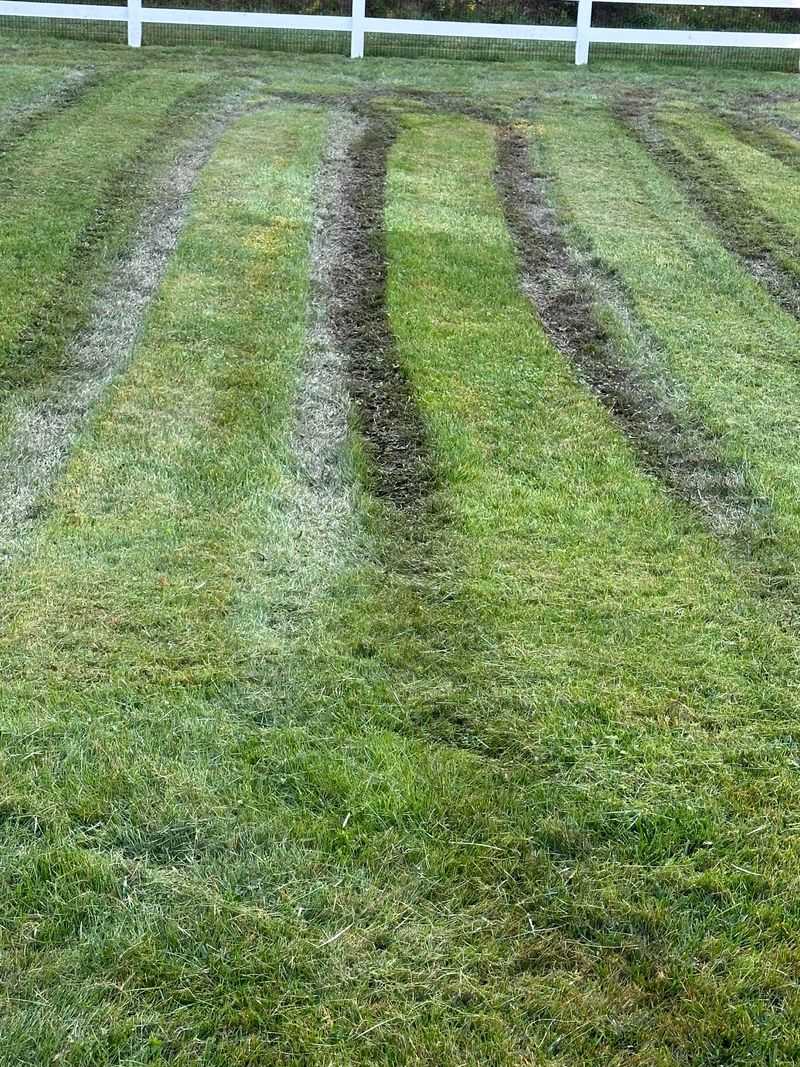October brings cooler temperatures and shorter days to Maryland, signaling that your lawn needs special attention before winter arrives. The way you mow during this transitional month can make or break your grass’s health come spring.
Following smart mowing practices now will help your yard stay strong and ready to bounce back beautifully when warm weather returns.
1. Raise Your Mower Blade Height
Cool-season grasses like tall fescue and Kentucky bluegrass thrive in Maryland yards, and they need extra blade length heading into winter. Raising your mower deck to about three inches allows the grass to build stronger root systems and store more energy.
In my own yard, I’ve learned that taller grass also shades out late-season weeds and helps the soil retain moisture during dry October stretches. Shorter cuts might look neat, but they stress the grass when temperatures start dropping.
Adjust your mower settings before your next cut to give your lawn the best chance at winter survival.
2. Sharpen Mower Blades Before The Final Cuts
Dull blades tear grass instead of cutting it cleanly, leaving ragged edges that turn brown and invite disease. October is the perfect time to sharpen your mower blades since you’re approaching the last few mows of the season.
From my experience, Maryland’s cool October mornings make a big difference in how grass heals after mowing. Clean cuts help the grass recover faster and stay healthier through frost.
You can sharpen blades yourself with a file or take them to a local hardware store for professional sharpening.
3. Mow When Grass Is Dry
Wet grass clumps together and clogs your mower, creating uneven cuts and leaving messy piles on your lawn. October mornings in Maryland often bring heavy dew, so waiting until midday ensures the grass has dried out.
Mowing dry grass also prevents soil compaction, which can damage root systems when the ground is soft and damp. I’ve noticed that my mower runs smoother and the lawn looks much better when I wait for the right conditions.
Plan your mowing schedule around the weather forecast to avoid unnecessary headaches.
4. Leave Grass Clippings On The Lawn
Grass clippings decompose quickly and return valuable nutrients like nitrogen back into the soil. This natural fertilizer helps your lawn stay nourished as it prepares for dormancy.
Many Maryland homeowners bag their clippings, but leaving them on the lawn actually saves time and money while improving soil health. Just make sure the clippings are short and spread evenly so they don’t smother the grass underneath.
If you mow regularly, the clippings will break down within days and disappear into the turf without causing thatch buildup.
5. Handle Fallen Leaves Properly
Fallen leaves can smother your grass if left in thick layers, blocking sunlight and trapping moisture that encourages fungal diseases. Instead of raking everything, mulch the leaves by mowing over them with your regular mower.
Chopped leaves break down over winter and add organic matter to the soil, which benefits your lawn long-term. I’ve found that mulching leaves during October keeps my yard looking tidy without the backbreaking work of raking.
If leaf coverage is too heavy, rake some into garden beds and mulch the rest.
6. Reduce Mowing Frequency As Growth Slows
As temperatures drop, grass growth slows dramatically, meaning you won’t need to mow as often as you did in summer. Pay attention to how quickly your lawn grows rather than sticking to a fixed schedule.
In Maryland, October weather can be unpredictable, with some weeks warmer than others. I’ve learned to check my lawn every few days and only mow when the grass actually needs it.
Cutting too frequently wastes time and fuel while stressing grass that’s already preparing for dormancy.
7. Know When To Stop Mowing For The Season
Grass stops growing when temperatures consistently stay below fifty degrees, which usually happens in late October or early November in Maryland. Once growth stops, there’s no need to keep mowing.
Your final mow should still follow the three-inch height rule to protect grass crowns from winter damage. I always keep an eye on the forecast and plan my last cut when the grass has slowed but before the first hard frost.
Putting your mower away at the right time prevents unnecessary wear and gives your lawn the rest it needs.

